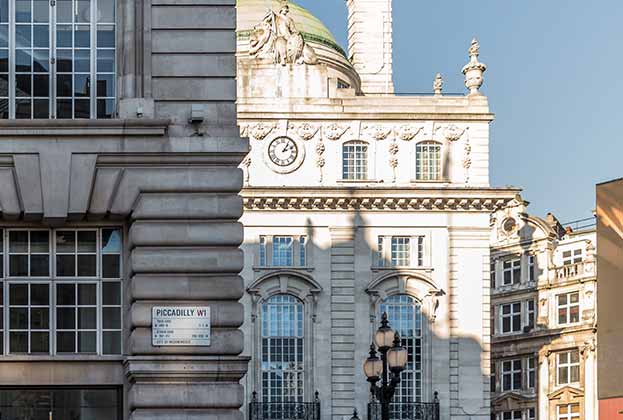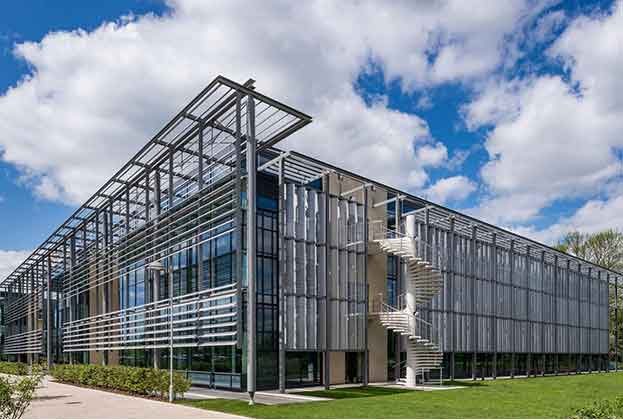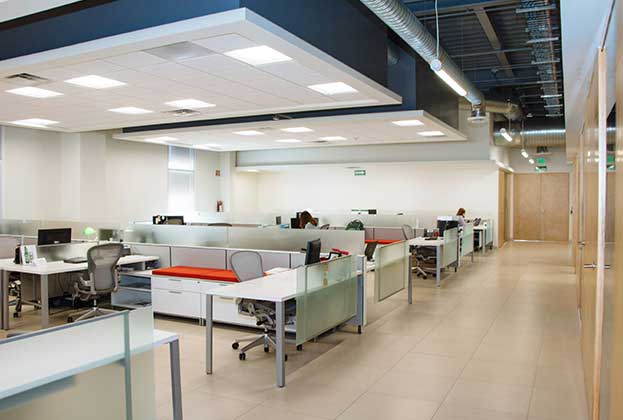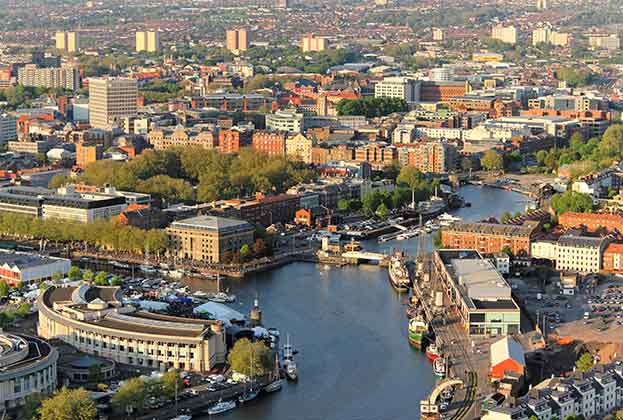Take intelligent buildings for instance: these structures utilise advanced technology systems to enhance the end-user experience and improve operational efficiency for landlords. Savills Quarterly Breakfast Briefing of top landlord, asset owners and investors found that 76% of participants are in the early stages of integrating technology into their strategies, while 18% have made significant progress. This indicates growing recognition of the importance of technological advancements, while highlighting the discrepancies in progress made to date.
From energy efficient systems such as automated lighting, heating and ventilation, to Internet of Things (IoT) devices like smart thermostats and occupancy sensors, intelligent buildings are essentially designed to maximise built environments in innovative, sustainable ways. These structures are not without challenges, given historic initial high costs, however, they are designed to reduce ongoing operating costs through energy saving, and create more responsive environments which help attract occupiers. In fact, 88% of respondents acknowledged the significance of technology in shaping occupier preferences and decisions.
Savills is at the forefront of integrating technology into commercial properties. Examples in London include:
Space House – 1 Kemble Street
Space House is a fully electric intelligent building featuring energy-efficient façades, bespoke chilled beam AC with heat recovery, and daylight harvesting technology, along with BMS-integrated automated window control for mix mode ventilation. With these cutting edge facilities, the building has embodied carbon savings of 10,700,000 kg of carbon dioxide, as well as increasing energy savings, enhanced comfort and well-being. The building includes a fully integrated smart network and state-of-the-art operational software including user-centric technologies, such as digital access and smart lockers, connected through a unified end user experience app, giving a seamless digital journey. The operational software enables Space House to be one of only a few assets in the UK to have almost limitless possibilities to drive data led and evidence based building operations, enhance user experience and minimise energy use from day one, while also providing an open eco-structure for continuous improvement and adaptability through its lifecycle. These solutions extend to future tenants, who can integrate and expand the software and app to enhance sustainability, user experience and inclusivity.
The Scalpel – 52 Lime Street
This best-in-class building has 396,911 sq ft of Grade A office space spread over 35 floors and three retail units. Beyond intelligent building management and energy monitoring solutions, the on-site team has taken a digital-first approach to the operational performance of the asset through various initiatives. Occupancy sensor integration in end-of-journey facilities drives predictive cleaning which increases operational efficiency whilst providing valuable data on the usage patterns of the area, air quality sensors drive demand-led ventilation, heating and cooling, achieving 50-60% reduction in energy consumption on dedicated HVAC equipment. The site also benefits from condition-based maintenance sensors used to monitor plant performance against baseline data from installation of the system, driving predictive maintenance and increasing plant lifecycle.
8 Bishopsgate
8 Bishopsgate is a 50-storey tower navigated with the use of a single digital app. Designed by Cureoscity, this offers access to different areas of the building through an NFC-enabled device, whereas previously multiple systems were required. A single seamless entry creates intuitive communication between the employees and the building they work in.
The future of intelligent buildings
While adopting technology in commercial real estate is multifaceted when addressing both new developments and existing assets, there is a common goal of creating enhanced tenant experiences and operational efficiencies through the diverse use of building intelligence. As technology continues to evolve, intelligent buildings will become even more resilient. With the need for technology to drive net zero initiatives, and improved cost and availability of such technology, we expect increased uptake. As commercial real estate advances, intelligent buildings are redefining standards to create a new meaning to working environments.
Further information
Contact Hunter Booth or Ivo Krastins
Redefining the built environment: Complexity within intelligent buildings
.jpg)


.jpg)






